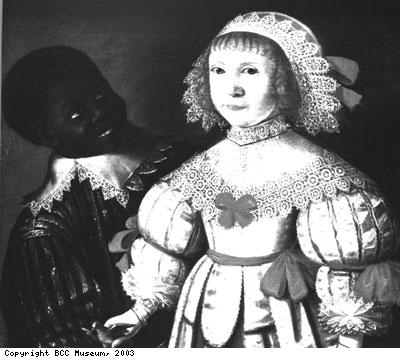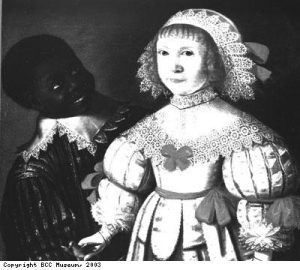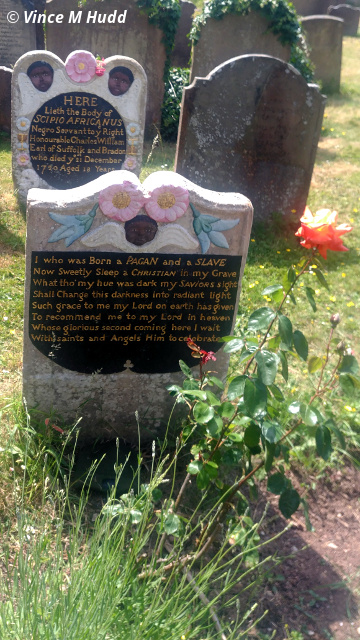When I looked into and wrote about the grave of Scipio Africanus last week, I left a couple of loose ends. In fact, because so much about Scipio is unknown, there are any number – but there were a couple of points in particular that I was thinking of. The recent vandalisation of the grave has reminded me to look again at those points.
If you search for the name you will find many references to another Scipio Africanus – a Roman general after whom the Scipio being discussed here was named. It was apparently common for a slave’s own name to be disregarded in favour of another name given them by their ‘owner’ – frequently a name of Roman origin. According to the Historic England page I linked to previously, this particular choice of name lends a little more weight to the idea that Scipio may have been granted his freedom; an account of the Roman general’s defeat of Hannibal at Carthage says that captured Carthaginians could earn their own freedom by showing goodwill to their Roman conquerors.
If, however, the reason for that particular choice of name was due to that account, that doesn’t necessarily mean he was given it because he had been freed; it’s also possible that it might have been chosen on the basis that the same opportunity was intended for him as given to the Carthaginians – that if he showed goodwill to his owners, he would eventually be set free. Both are possibilities, and a third is that whoever gave him that name did so without any thought about relevance or meaning.
The page also makes it clear that it’s unknown how and when Scipio came into the employ of the Howards, and says the name “was given to the boy by the Earl or by a previous owner” (which is stating the obvious somewhat, I think). And there is also the question of how and when the Howards came to acquire (or employ) him – this, too, is unknown.
Straying off in a slightly different direction, while doing my initial searches, I also found a portrait on this Discovering Bristol page.

According to the text, this painting is from the circle of Gilbert Jackson, and is apparently Arabella Astry. If you happen to find that image, and are unaware of any of the dates, it would be easy to assume that if the girl is Arabella, the boy must be Scipio.
However, the date range given for the painting is 1622 to 1640 (when Jackson was active) – but Scipio wasn’t born until 1702, and while older, Arabella wasn’t born until 1684. Despite the description, it can’t be either of them – and even if the painting dates from later than the period given and is her, the boy wouldn’t be Scipio; the age difference is wrong – their ages aren’t far apart in the picture, whereas there should be an eighteen year difference.
I therefore put that page to one side because it clearly isn’t right, and didn’t look at it again.
Returning to the topic of the grave in light of the vandalism, however, I revisited the picture and wondered why the page said it was Arabella Astry. Searching further, I found an explanation in a PDF document on Historic England – “Slavery and the British Country house” edited by Madge Dresser and Andrew Hann, and first published in 2013. Page 32 (as numbered) of this document explains that:
“The recent purchase by the city’s Museum Service of a portrait, which originally belonged to the Smyths, suggests that Ashton Court’s slavery links might go back even further. The portrait in question, that of a young aristocratic girl and her equally young African servant, had been previously assumed to be that of the early 18th-century heiress, Arabella Astry (connected through her sister to the Smyth estate) and herself the heiress of nearby Henbury Great House in Gloucestershire.
However, when the portrait was acquired by the city in 2008 (less than a year after the bicentennial commemorations of the ending of the British slave trade), its provenance was reassessed. It now seems that the girl depicted with her African servant was most probably one Florence Smyth (1634–92), the second daughter of Thomas Smyth of Ashton Court and his wife Florence, née Poulett. If true, the presence of the young African servant strongly indicates that the connection between the Smyths, a family long noted for their mercantile interests, and the African trade might stretch as far back as the 1630s, well before Bristol’s formal entry into the slave trade in 1698. This supposition ties in well with the Astry family’s own associations with the Caribbean from the early 17th century.”
So that clears that up – the Discovering Bristol page predates that reassessment.
Incidentally, I understand that the picture now hangs in the Small Oak room of the Red Lodge Museum here in Bristol.
Interestingly, though, that document also mentions that the Astry family had a connection with the Caribbean from the early seventeenth century; in my original post I said neither family had any connection to the slave trade. That came from the Historic England page about the grave, and now looks like it may be incorrect. (To be fair, a connection to the Caribbean isn’t necessarily a connection to the slave trade, but the lines are becoming less defined.)
Looking further in light of this, I found another document on Historic England – a University of Manchester publication called The slavery connections of Marble Hill House by Dr Laurence Brown, published in 2010, and which the document above appears to draw from (Brown is listed as a contributor). Not only does this mention the same portrait (referring to the same website on which I found it) and offer the same explanation of how the original identification came to be corrected (page 19), it also discusses Scipio himself.
Identifying the ‘Slavery connections of the families living at Marble Hill’ (p8), one connection given is Henrietta Howard. Her husband’s nephew “owned a slave Scipio Africanus” (that nephew being Charles Howard) “whose elaborate grave at Henbury near Bristol suggests that he must have had considerable significance for the Howard family.”
Amongst other things – bringing us back to the subject of how and when Scipio found himself with the Howards – this document goes on to speculate on two means by which they may have acquired him. One (p17) suggests they may have “received Africanus from local sources”, explaining that Charles Howard’s father “was President of the Board of Trade and Plantations between 1715 and 1718” (establishing a connection on his side of the family as well) adding it’s possible that Scipio came to the Howards around then. The other (p18) is that Scipio came to them through Arabella’s family.
I personally think the latter is more likely. Consider the timing of the first suggestion – that Scipio may have arrived with the Howards between 1715 and 1718. He died in 1720, and was given quite an elaborate grave. Would he have garnered such respect – possibly even affection – from the couple in so few years that they would have marked his final resting place in such a way?
It’s possible, but the nature of the grave makes the idea that he may have come to them through Arabella’s family seem more plausible to me – especially given the age differences between the three of them, and the suggestion found on one link that he was treated “almost like a son”. As I suggested in my original post, that age difference means I can more easily see how Arabella Astry might have treated him that way than Charles Howard – and if Scipio came to them through her family, perhaps to her before she wed Charles Howard (in 1715), even more so. It would mean she’d have known him from a younger age, possibly even when he was a small child, and she in her very early twenties – or even late teens if he came to the family as a baby.
As much as that speculation is due to the nature of the grave, it’s also focusing a touch on the idea that the Howards treated Scipio like a son – which, other than that one suggestion (and, since, a couple of other places that I think are just repeating what was written there) there doesn’t appear to be any source information that I’ve seen to corroborate it.
But at the end of the day, this is just some armchair research – I’m no historian and have no relevant expertise or knowledge. It was just fascinating to seek out these different sources of information about a site of local interest and try to piece something together.




